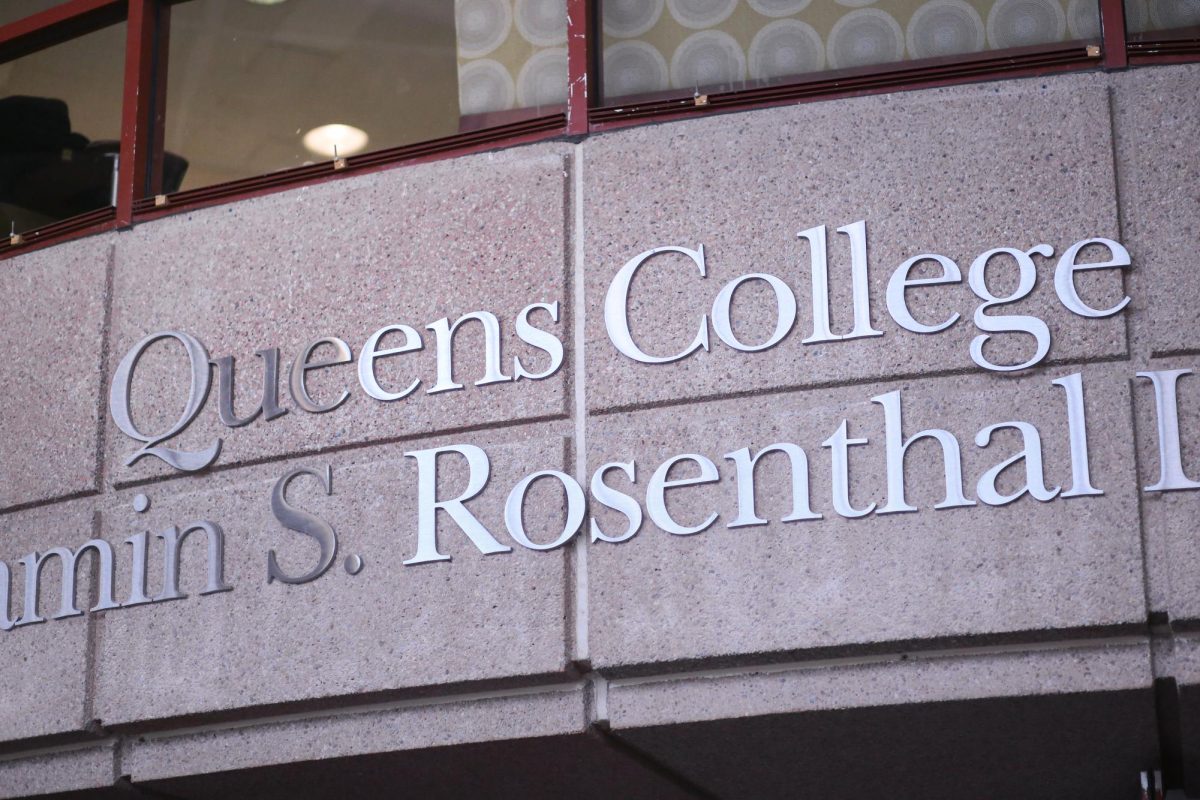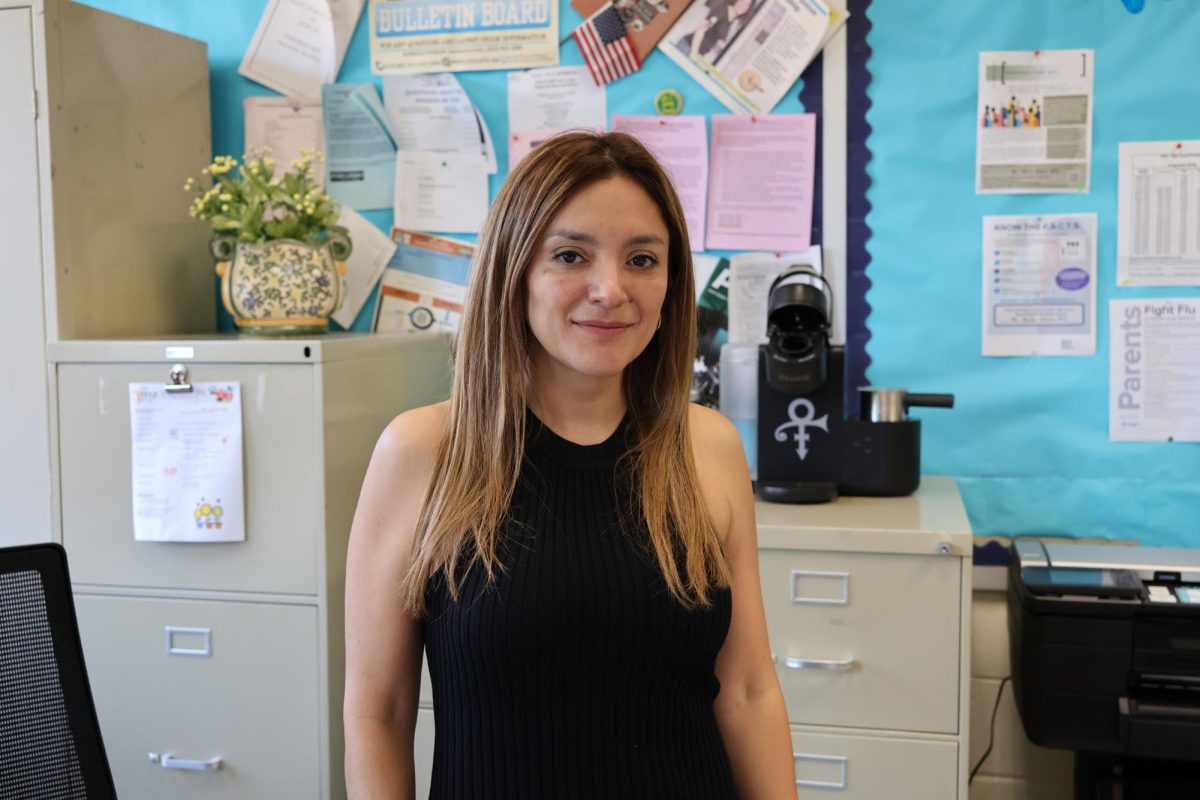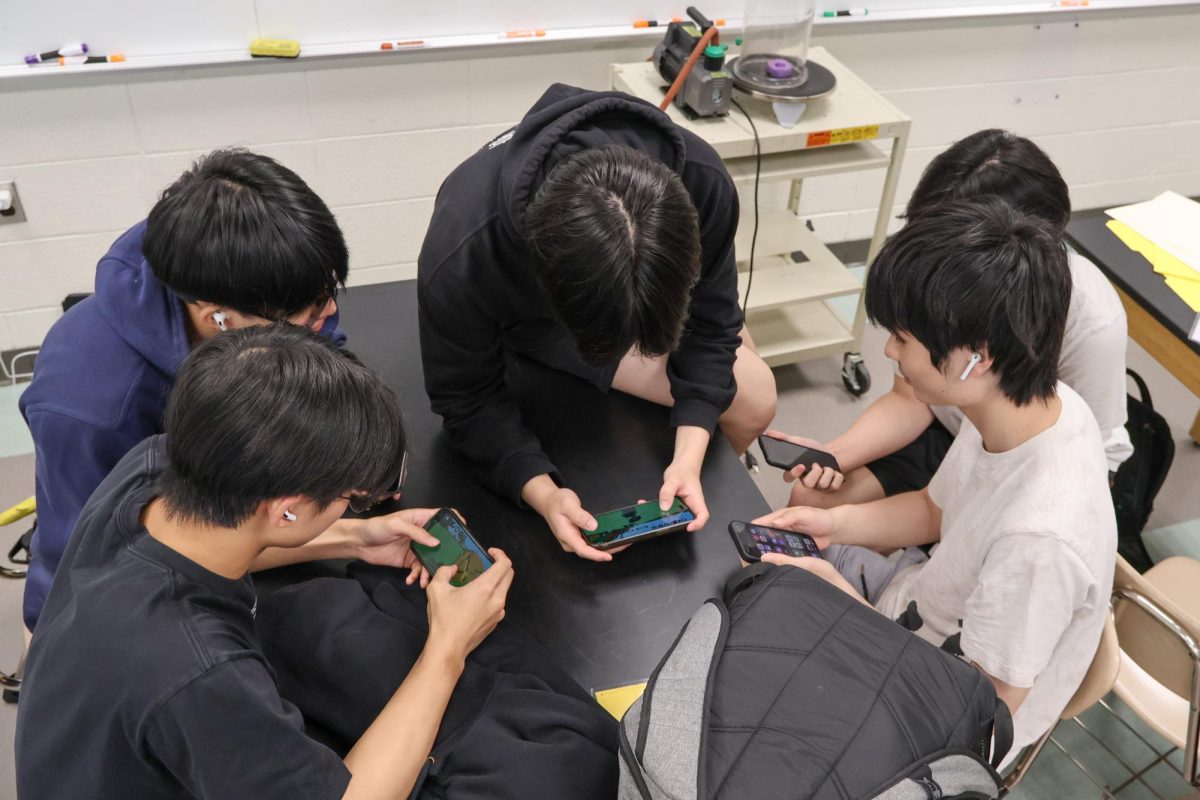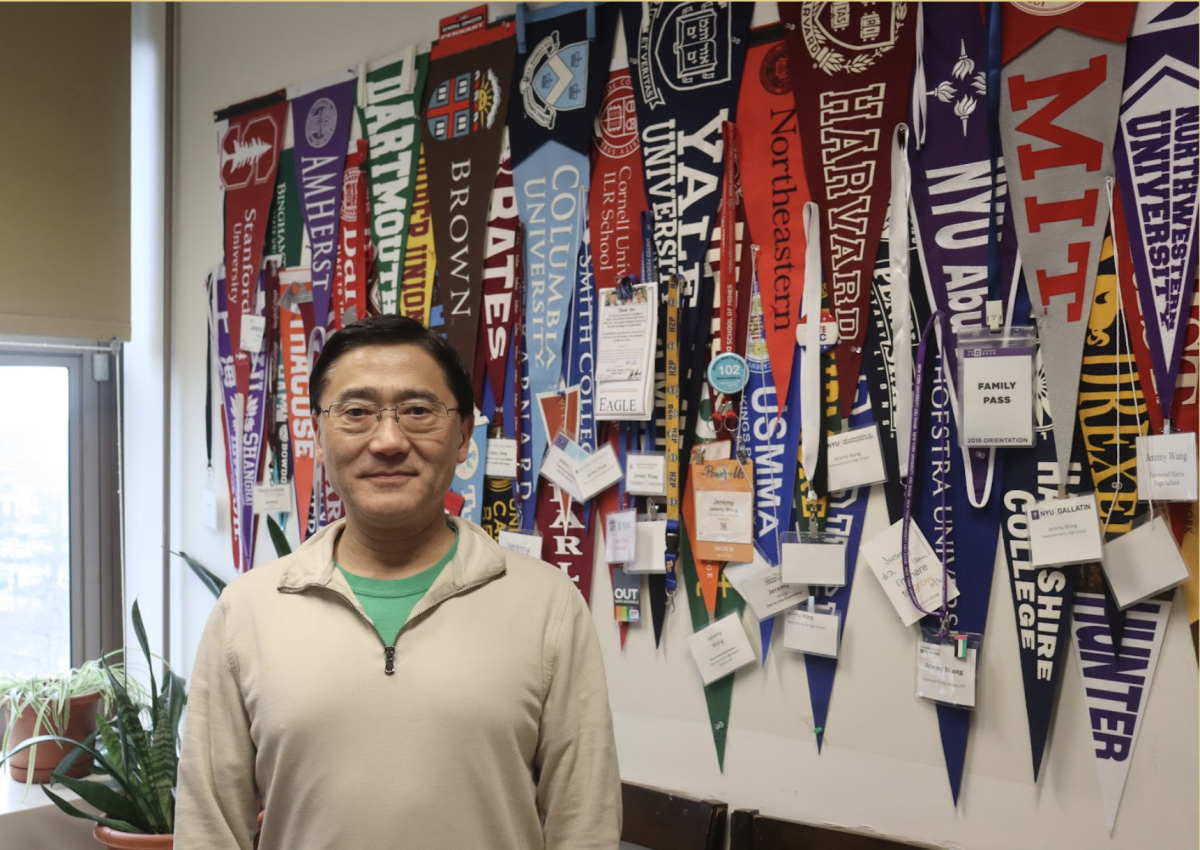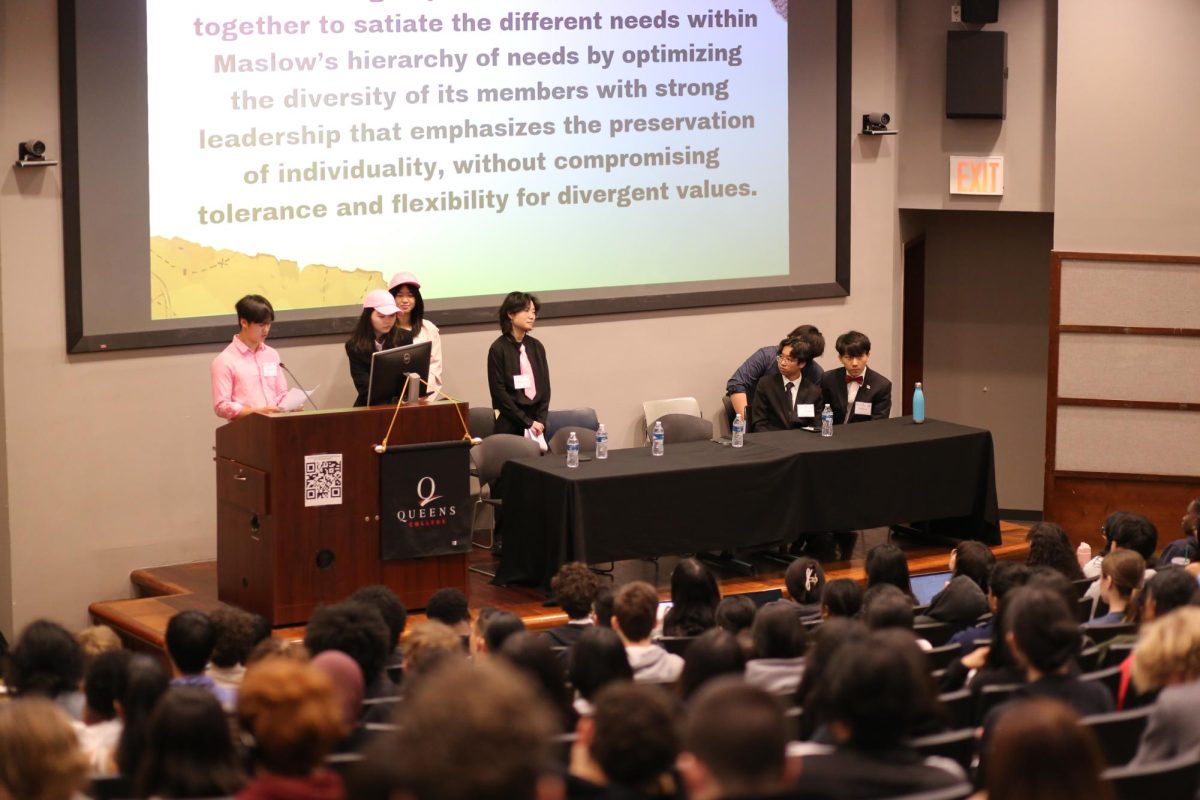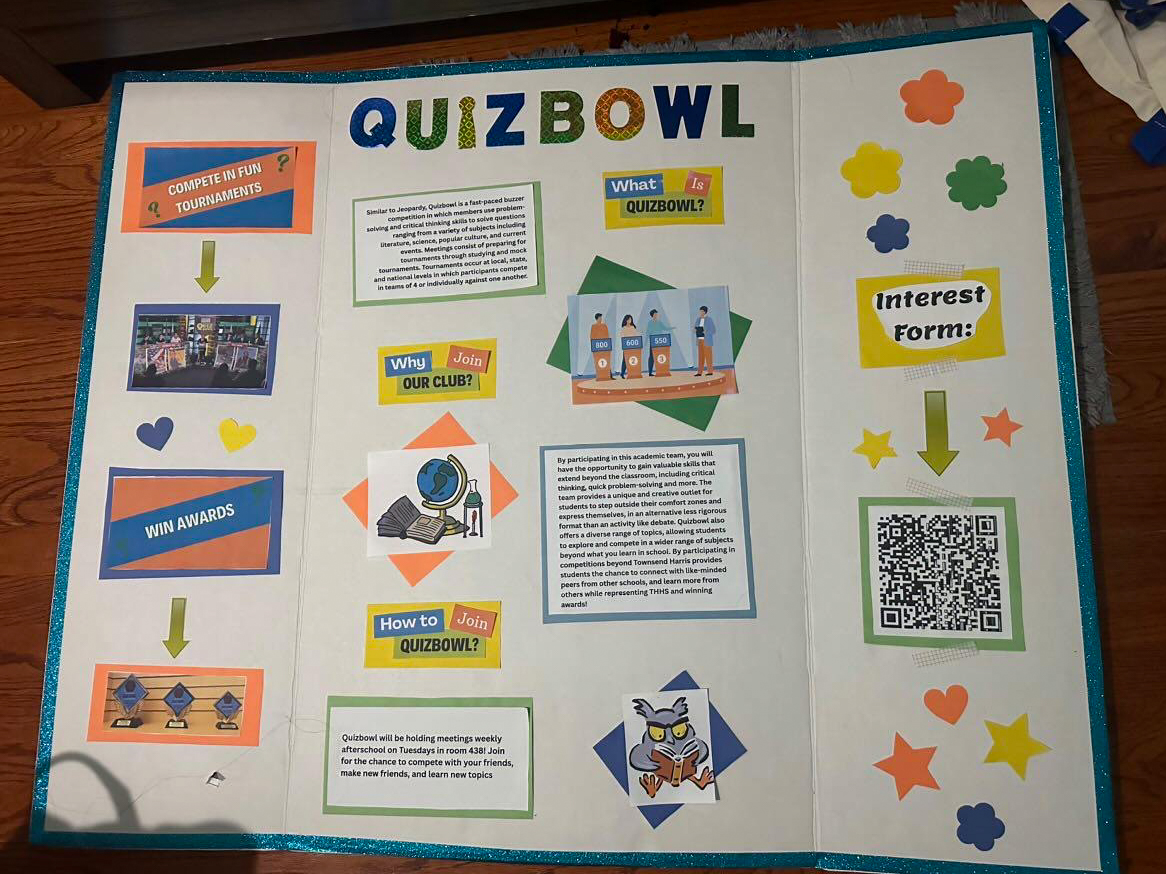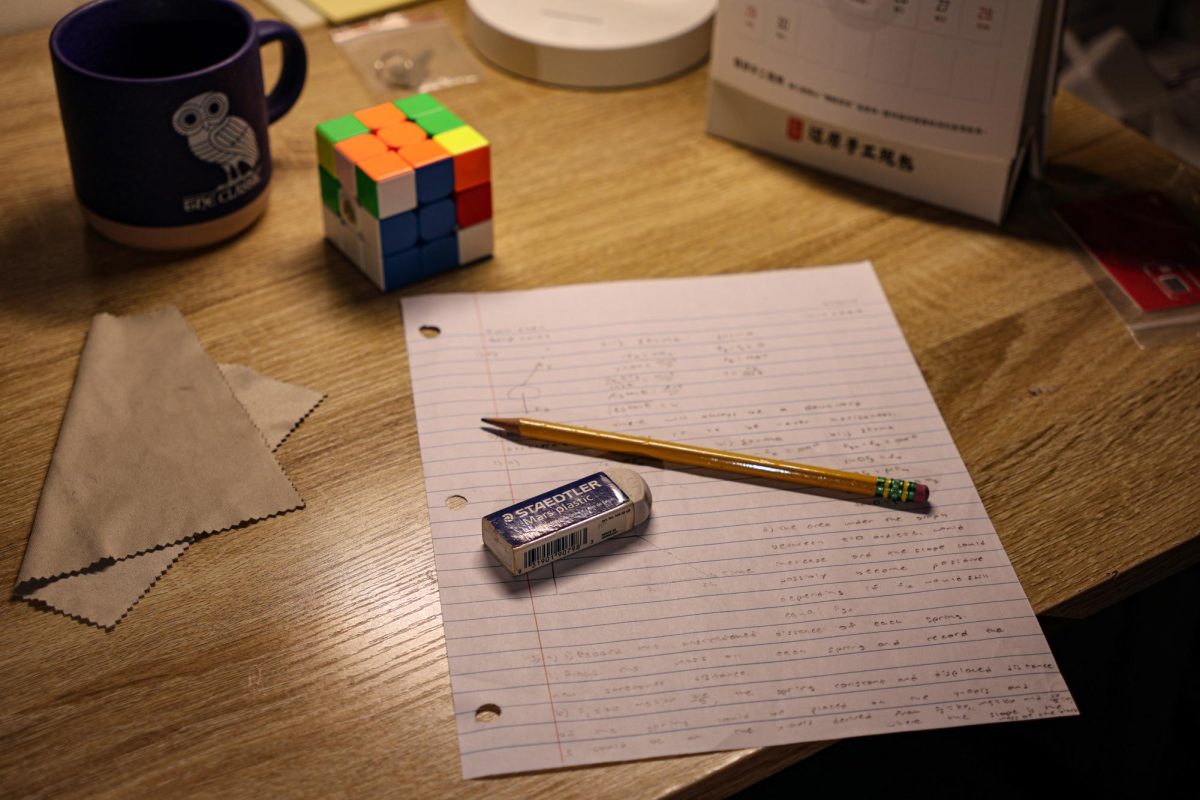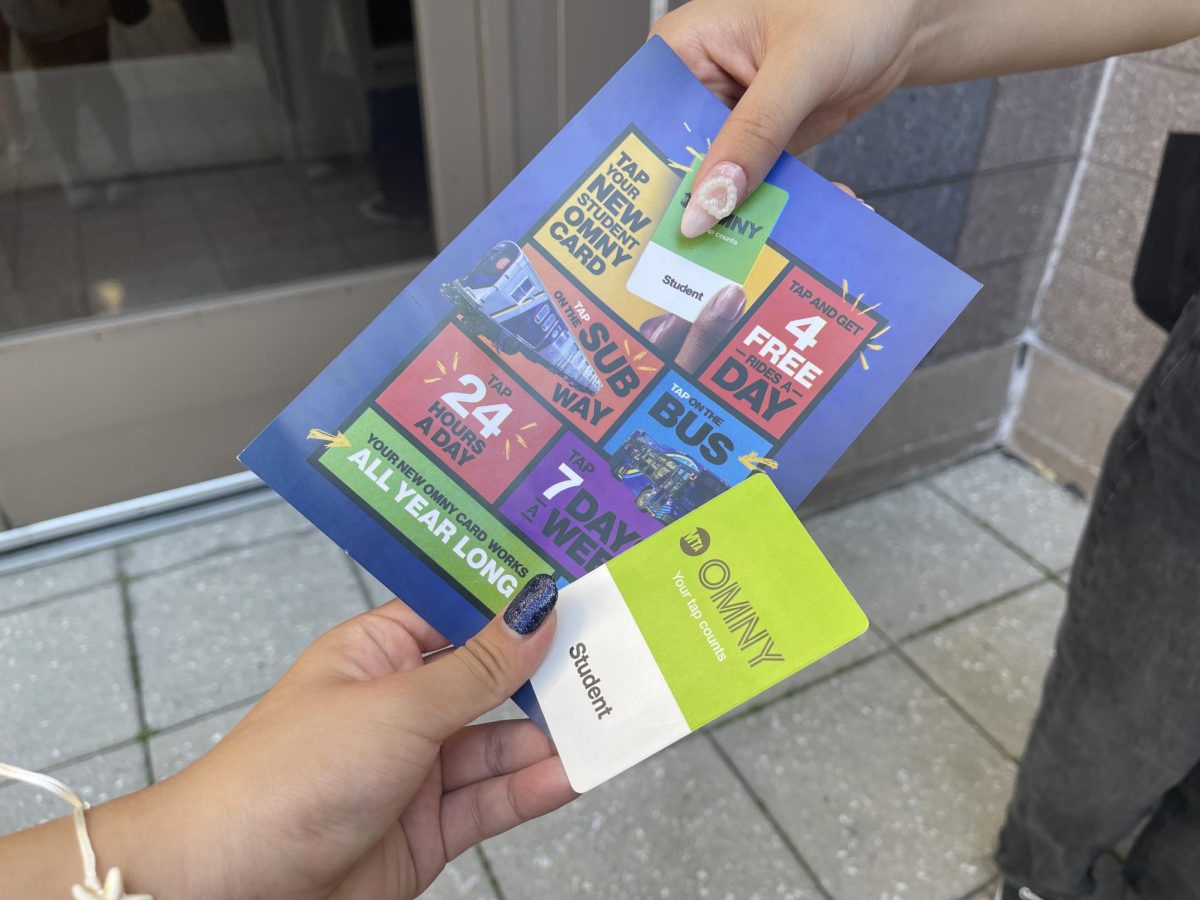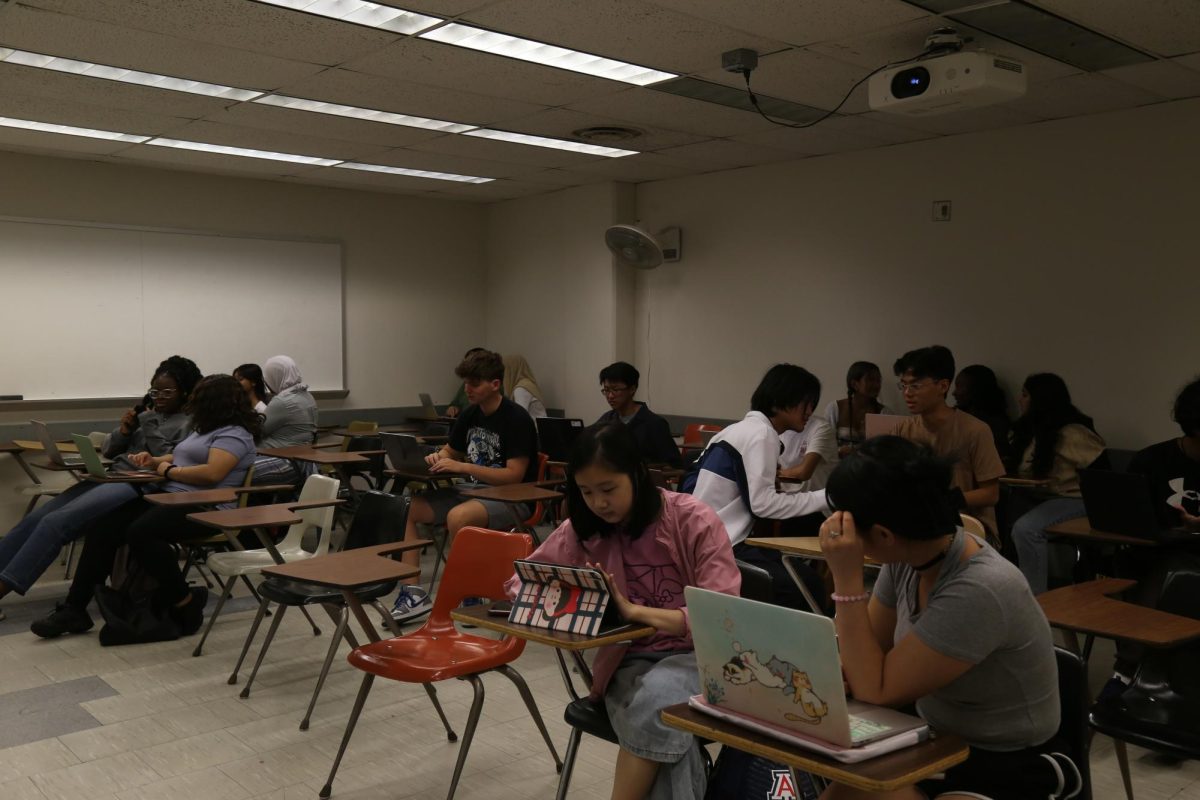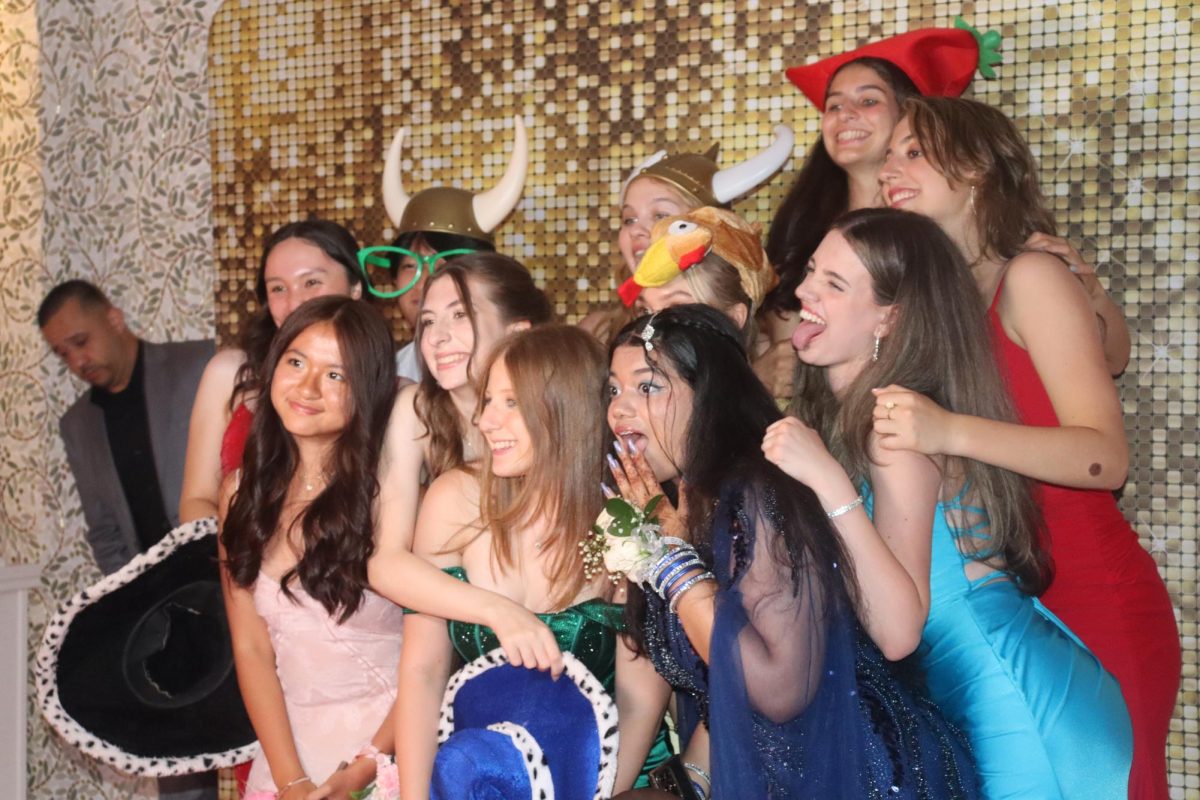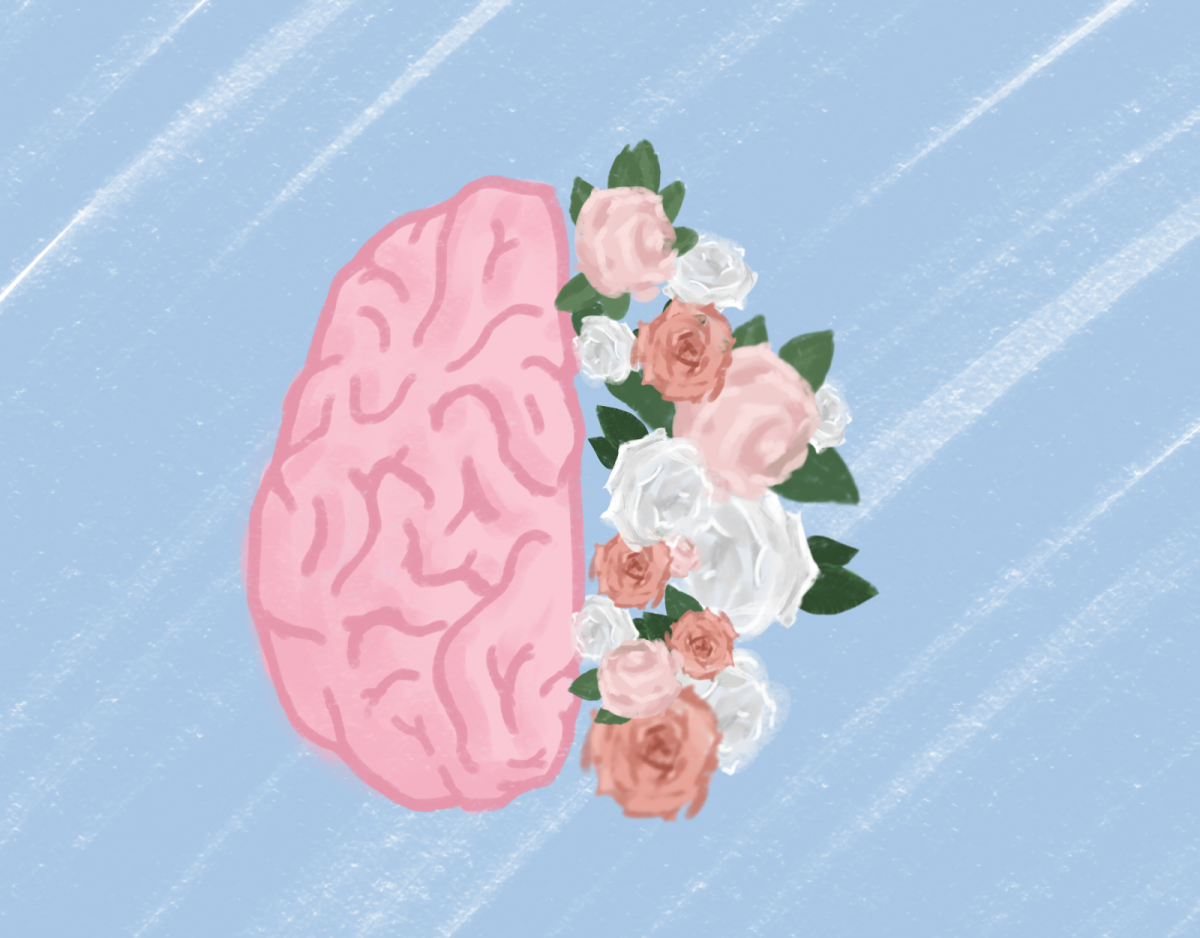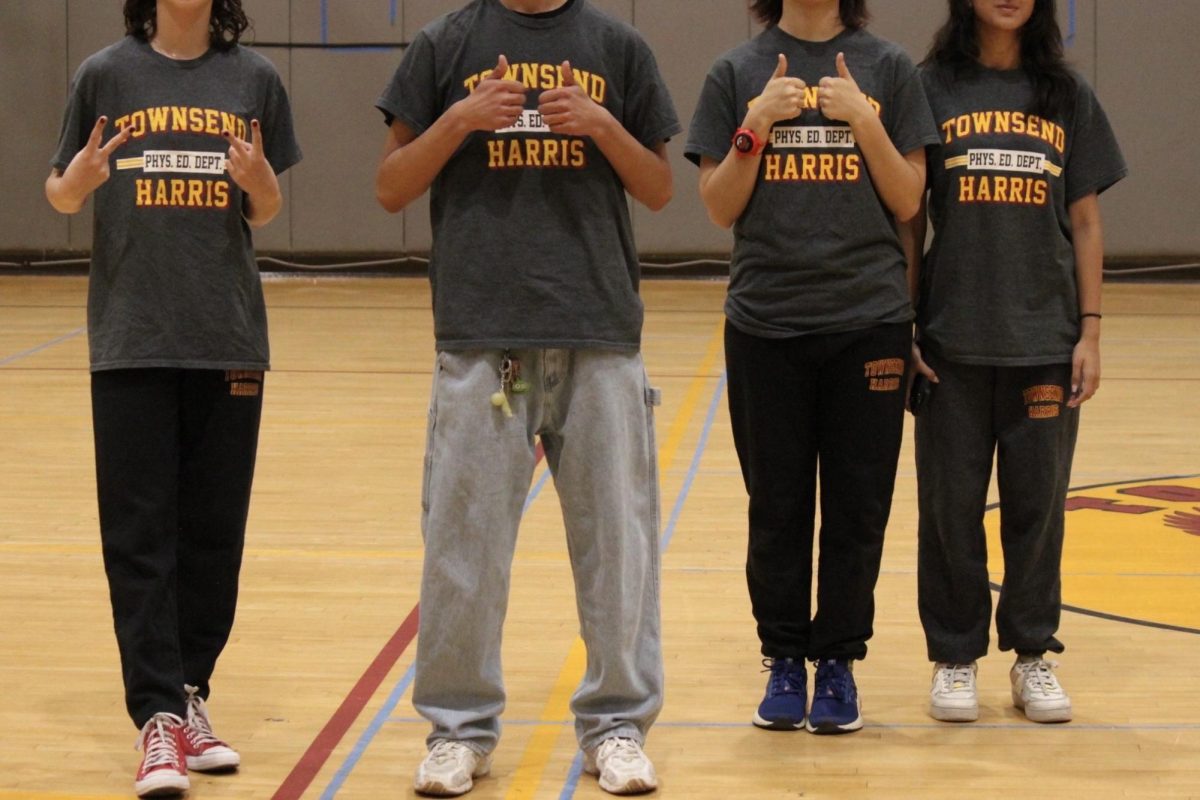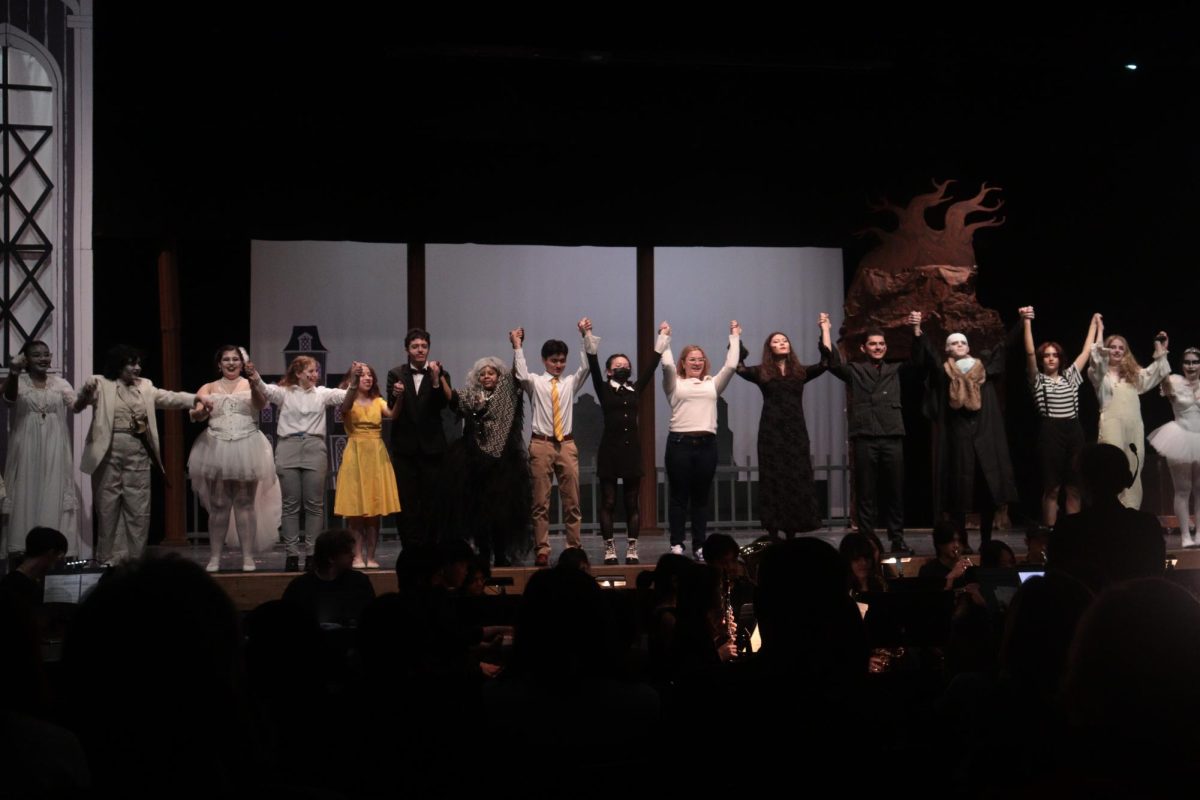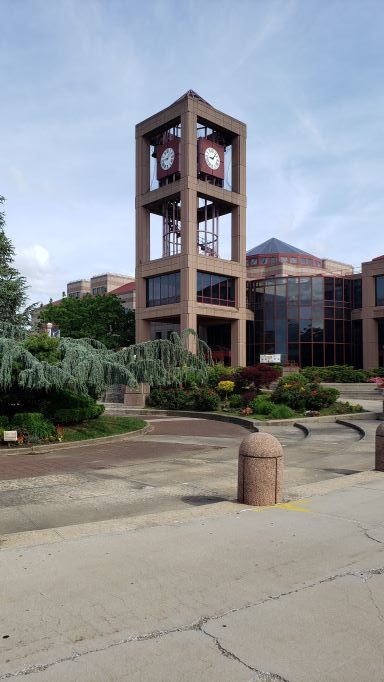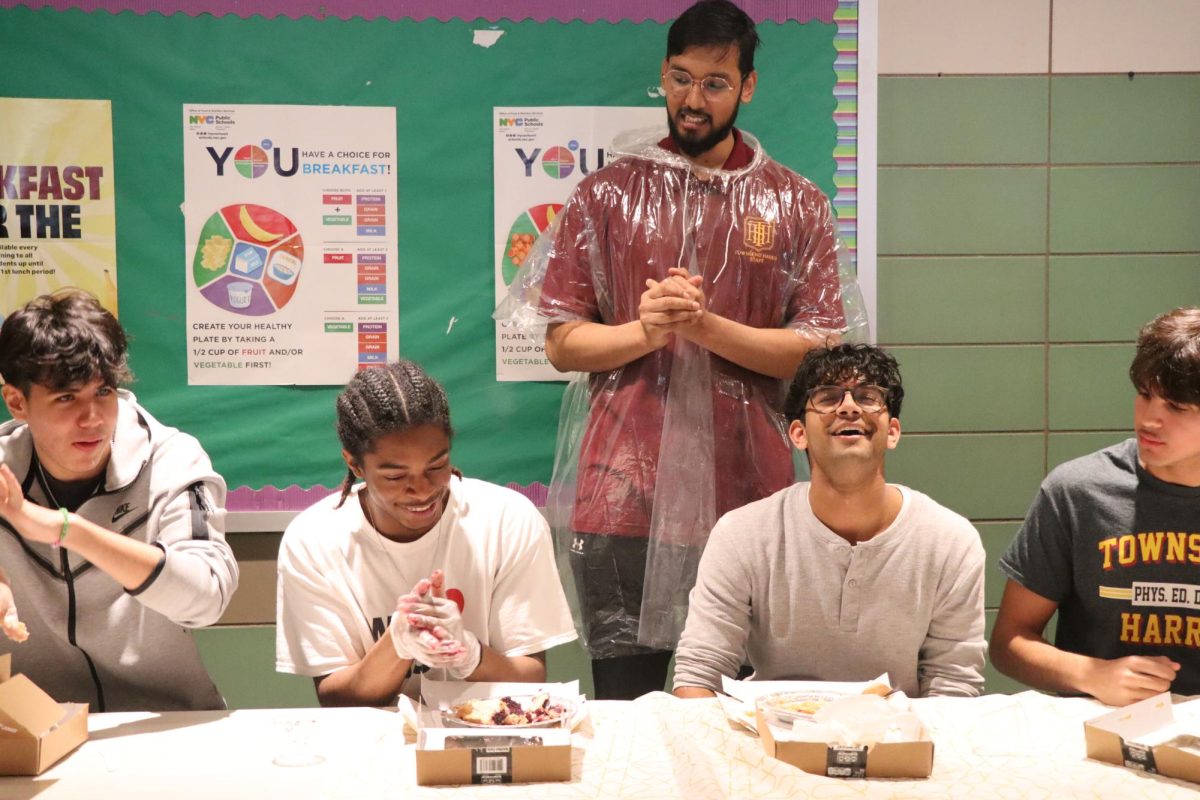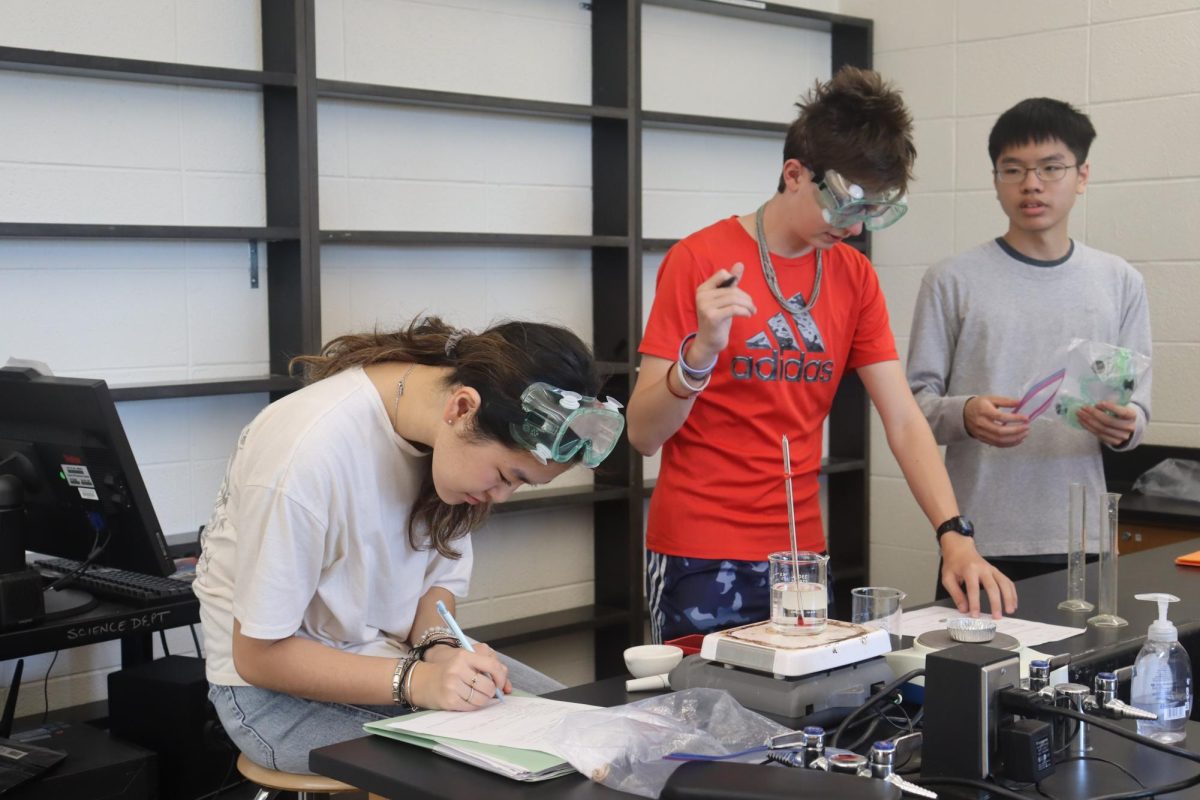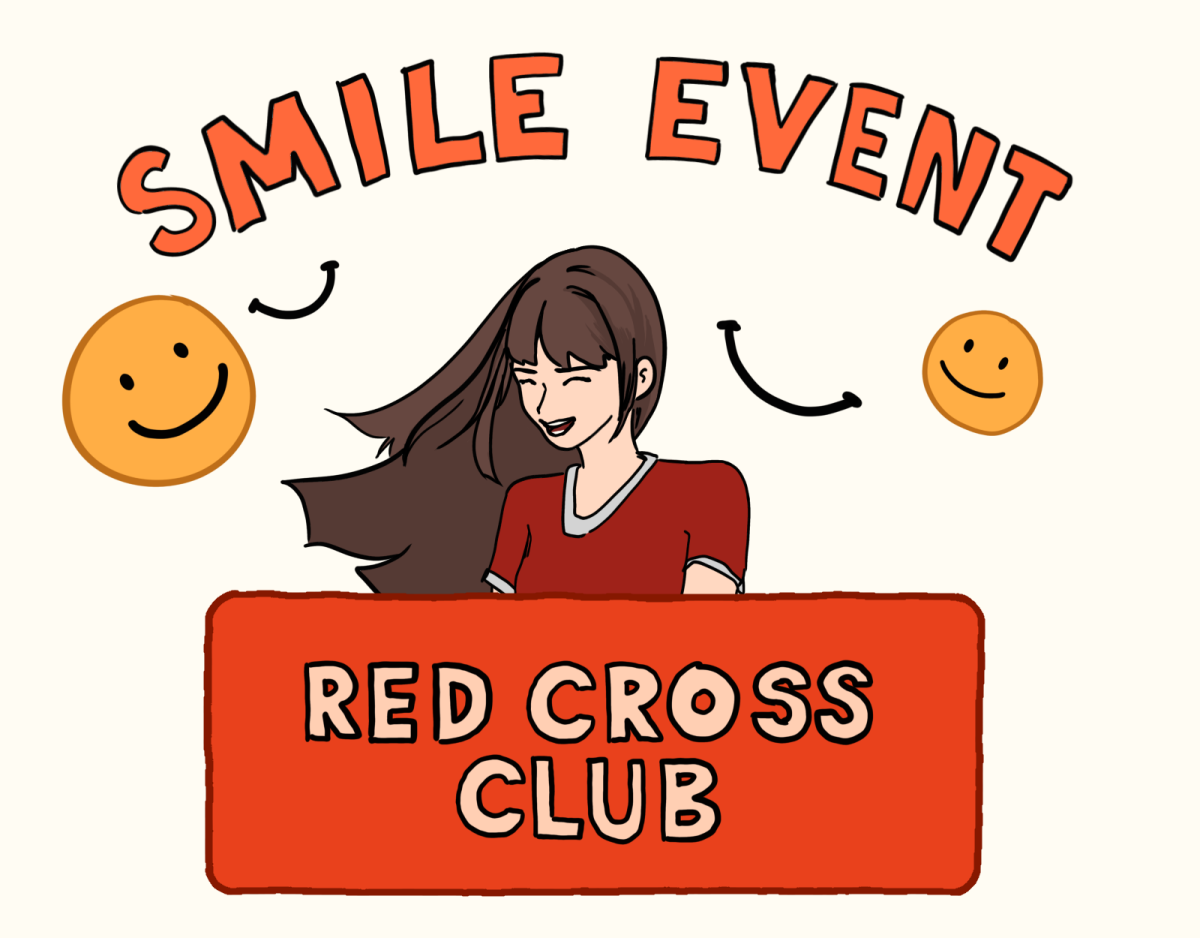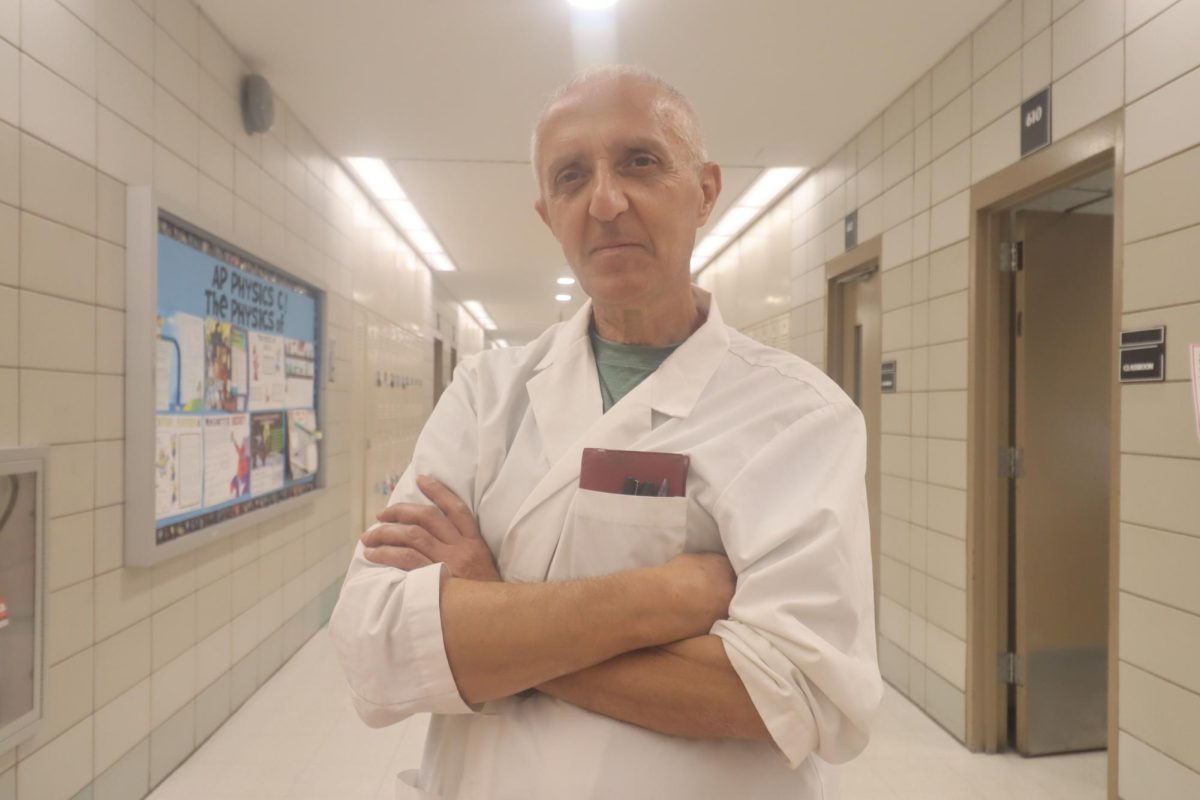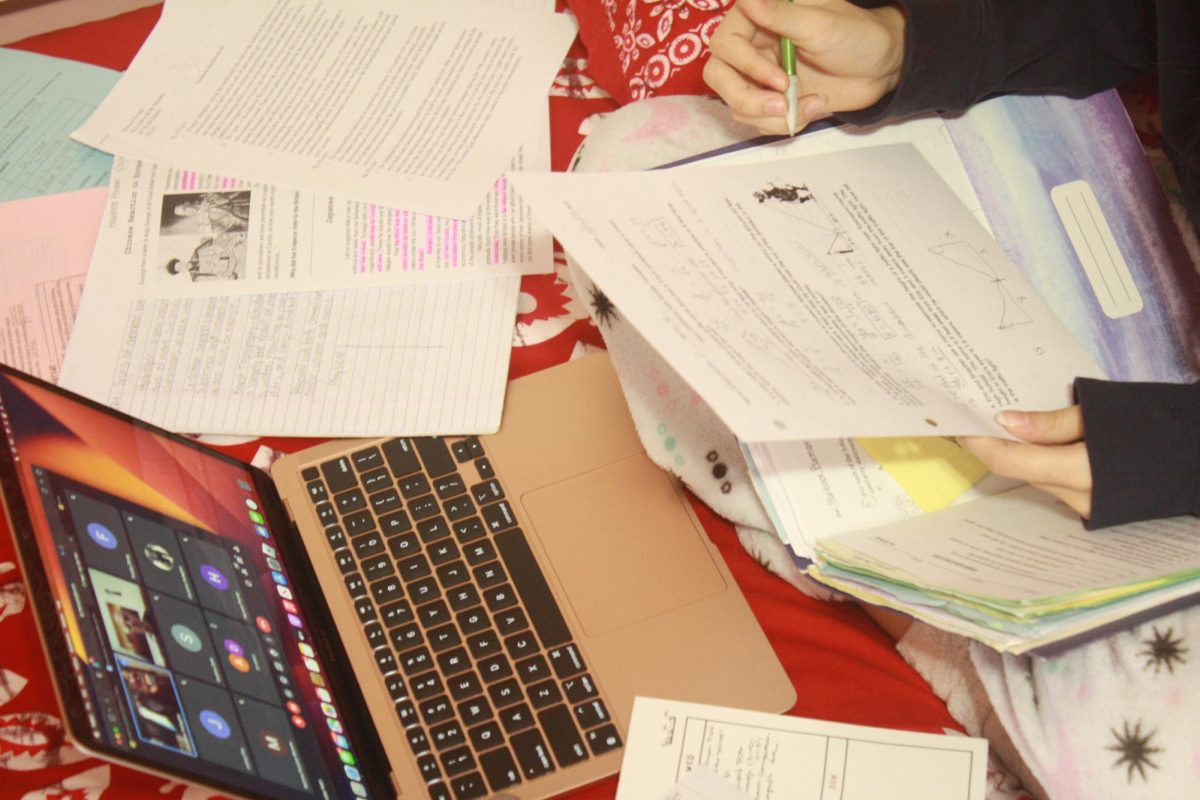
The Common Application has a reputation for being the most widely used application system for colleges and universities in the United States. That reputation is now being threatened as more than 80 out of the 625 schools that currently use the Common Application, including all the Ivy League schools, are set to switch over to a new application system called the Coalition for Access, Affordability, and Success, starting from April 2016.
This means that the Class of 2017 will have to cope with two big changes to the admissions process: first, the redesigned version of the SAT Reasoning Test, which will go into effect beginning March 2016, and now the Coalition. We do not need another application system to be added to the mix of already existing systems, especially when the Coalition does not offer any more benefits than the Common Application does.
According to the Coalition website, one of the unique features of the Coalition includes a “virtual college locker” where students could upload materials like video essays, artwork, photos, resumes, supplemental essays, and letters of recommendation to be viewed by counselors, parents, and mentors. In implementing such a feature, the Coalition wants to encourage 9th graders to get involved in the college process early so that they will be able to offer colleges a holistic view of their entire high school career once they start applying. This is problematic because students will begin to frame their high school years around what colleges want. They would feel more inclined to pursue the activities that would best appeal to colleges rather than what they feel most passionate about, which would take away from the authenticity of the whole application process. It would also take much more time for colleges to review each application, since now there will be more additional information to review.
Proponents of the Coalition also argue that by leveraging technology, the Coalition will benefit first generation students and students from low-income families who do not have the resources at home to help them through the application season. But it cannot be certain that high technology would be beneficial to low-income families, as they may not have access to the Internet or counselors and mentors that can properly assist them with their applications. Furthermore, the 80 member schools that are scheduled to use the Coalition starting in 2016 are largely private, elite universities and colleges where students of low-income families are less likely to apply and attend.
Many complaints about the Common Application have to do with technological glitches and system crashes, and supporters of the Coalition claim that this new system will fix many of those problems. But with the amount of information each applicant could upload to their “virtual lockers” and the amount of people that could access it, it is very likely that the Coalition system could have glitches too. With any system, if there are many people trying to update their information online at the same time, the chances of system crashes become higher. There is no proof that the Coalition will be able to avoid those glitches any more than the Common Application can.
People may argue that the Coalition does not contribute to added stress levels because colleges will still accept both the Common Application and the Coalition. However, the discussions will then shift to which application system would be preferred, which one would be more advantageous, and which one will best reflect an individual student. In addition, because each applicant using the Coalition will have more information to give to colleges, students would feel even more pressure to appeal to them in every aspect of their academic and personal lives. These factors make the college process more stressful when a new application system is added to the mix.
Every college application organization claims that their system most effectively and thoroughly reflects a student’s academic capacity and personality. But the reality is, no system can truly capture who a student is or predict what contributions they will be able to make to the college if accepted. As college admissions officers keep seeking ways to find the perfect system for students to show who they really are, they are really taking away from the genuine, human personality and character of a student and attempting to institutionalize and generalize each applicant to fit their standards.

